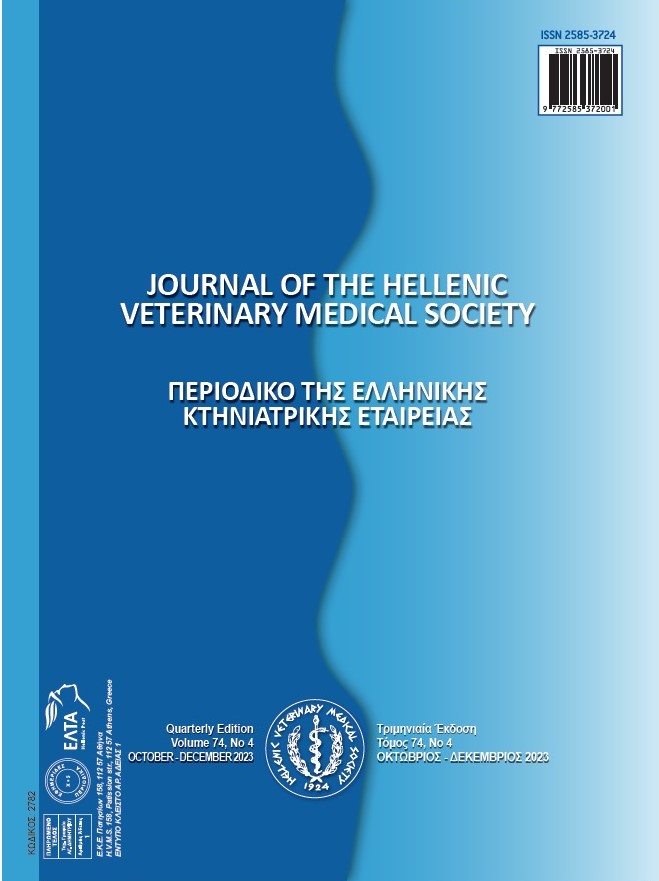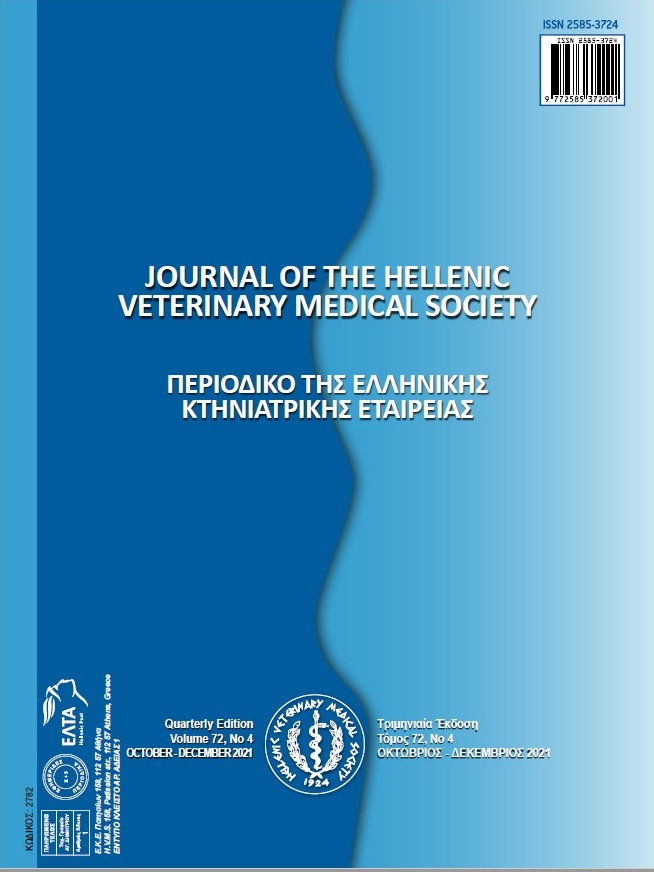Prevalence of Abomasum Nematode infection in Sheep from North of Iran

Abstract
In many countries, small ruminants provide the primary source of human protein and play an important role in livestock production. Parasitic infections, especially gastrointestinal parasites, cause economic losses such as reduced fertility and milk production, damage to the leather industry, weight loss, treatment costs, and losses in severe infections. Thus, identifying and classifying these parasites, including the above cases, is essential for scientific research in any country. This study aimed to Prevalence of Abomasum Nematode infection in Sheep from North of Iran. In the present cross-sectional descriptive study, we have studied the prevalence of infection with abomasum nematodes in sheep in northern Iran from April 2020 to September 2021 in 2400 abomasum sheep slaughtered in industrial slaughterhouses in Gilan and Mazandaran provinces (1200 sheep from each province). With three age groups of below two years, two to four years, and above four years and gender segregation of hosts, after necropsy and preparation of sheep abomasal mucosa chip and isolation and segregation of samples, we studied the morphologic and morphometric characteristics of the samples. The actions were performed according to the taxonomic keys and using SPSS software V.16 and Paired Sample T-Test statistical test to determine the level of significance of the data (p <0.05) to classify and compare the obtained data and examine the ratio. The sex of the host was determined by the age of the animal and the prevalence of the parasite at the mentioned ages. The present study results and comparison of the prevalence of infection in Gilan and Mazandaran provinces showed that Marshallagia marshalli had the highest prevalence of 94.6% and 91.9% in Mazandaran and Gilan province, respectively. The prevalence of Ostertagia circumcincta was 87.2% and 77.2% in Gilan and Mazandaran provinces. The prevalence of Ostertagia occidentalis was 86.9% in Gilan province and 78% in Mazandaran province, while the prevalence of Parabronema skrjabini was 86.6% in Gilan province and 61.2% in Mazandaran province. The prevalence of Haemonchus contortus was 66.8% and 60.5% in Gilan and Mazandaran, the lowest prevalence in these two provinces. The present study results showed the importance of combating the spread of parasitic infections with strategic treatment methods and biological control of these parasites. Also, various reports of drug resistance in abomasal nematodes should be emphasized more and more by competent bodies.
Keywords: Abomasum, Nematodes, North of Iran, Parasitic infections, Sheep.
Article Details
- How to Cite
-
Hamzehali Tehrani, M., Shemshadi, B., Shayan, P., Shirali, S., & Panahi, N. (2024). Prevalence of Abomasum Nematode infection in Sheep from North of Iran. Journal of the Hellenic Veterinary Medical Society, 74(4), 6361–6368. https://doi.org/10.12681/jhvms.29841
- Issue
- Vol. 74 No. 4 (2023)
- Section
- Research Articles

This work is licensed under a Creative Commons Attribution-NonCommercial 4.0 International License.
Authors who publish with this journal agree to the following terms:
· Authors retain copyright and grant the journal right of first publication with the work simultaneously licensed under a Creative Commons Attribution Non-Commercial License that allows others to share the work with an acknowledgement of the work's authorship and initial publication in this journal.
· Authors are able to enter into separate, additional contractual arrangements for the non-exclusive distribution of the journal's published version of the work (e.g. post it to an institutional repository or publish it in a book), with an acknowledgement of its initial publication in this journal.
· Authors are permitted and encouraged to post their work online (preferably in institutional repositories or on their website) prior to and during the submission process, as it can lead to productive exchanges, as well as earlier and greater citation of published work.



